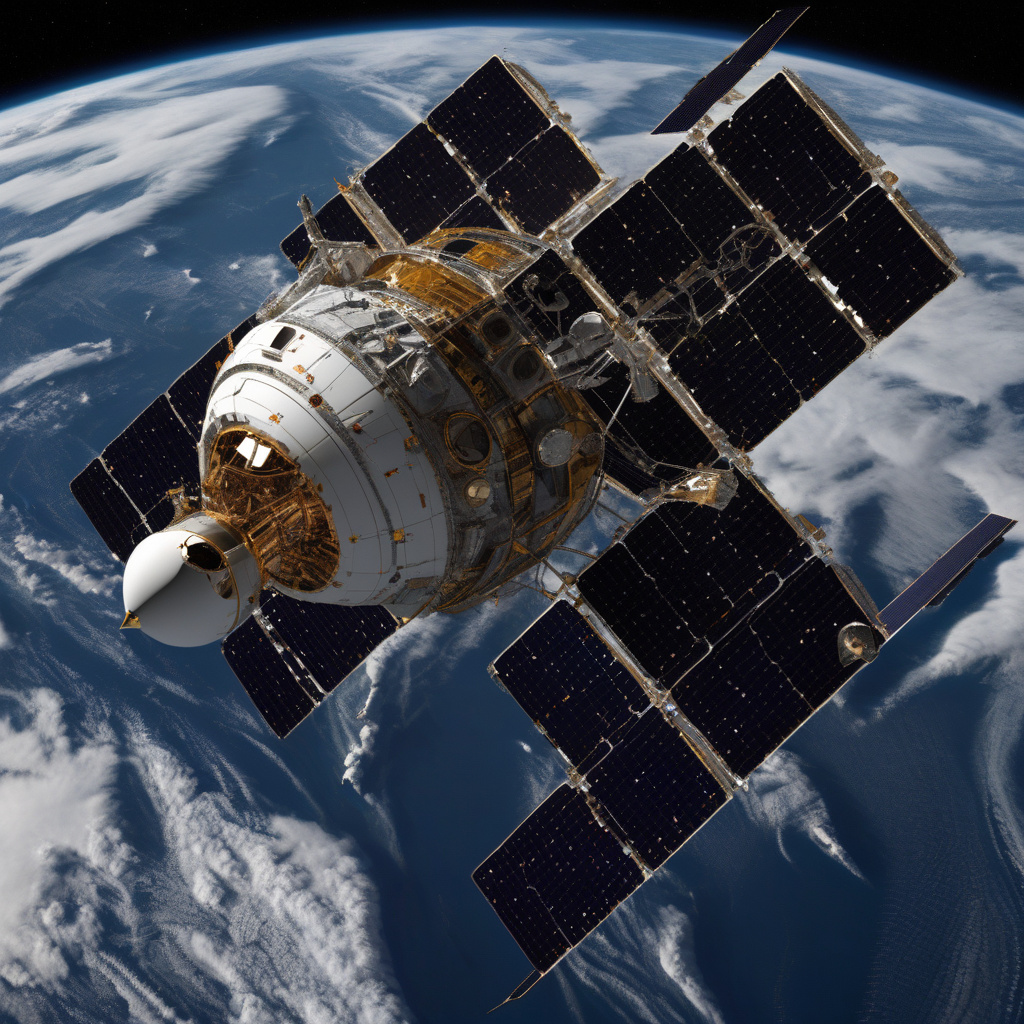Lockheed’s LM 400 Satellite: Navigating Challenges in Space
—
A Firefly Alpha rocket experienced a launch anomaly that left a Lockheed Martin satellite in a shallow orbit. The incident, which occurred during a mission to deploy the LM 400 satellite into space, has raised concerns about the reliability of commercial space travel and the potential implications for future missions.
Lockheed Martin, a renowned aerospace and defense company, designed the LM 400 satellite to provide crucial communication services in orbit. However, the unexpected turn of events following the Firefly rocket glitch has undoubtedly caused a setback in the satellite’s intended trajectory. This incident highlights the inherent risks associated with space exploration and the intricate web of factors that can influence the success of such missions.
The repercussions of the shallow orbit are significant for the LM 400 satellite. Operating in a lower orbit than planned can affect its ability to function optimally and deliver the intended services. The satellite may experience challenges in maintaining communication coverage, navigating orbital debris, and sustaining its overall lifespan. These issues not only pose technical challenges but also raise questions about the financial implications for Lockheed Martin and its partners.
In response to the incident, Lockheed Martin has initiated a thorough investigation to assess the extent of the damage and explore potential solutions. The company’s engineering team is working diligently to determine the best course of action to salvage the mission and maximize the satellite’s capabilities despite the altered orbit. This proactive approach underscores Lockheed Martin’s commitment to delivering reliable and resilient space technologies, even in the face of unexpected obstacles.
The Firefly Alpha rocket glitch serves as a stark reminder of the complexities involved in space missions. While significant advancements have been made in the field of commercial space travel, incidents like these underscore the importance of rigorous testing, contingency planning, and collaboration among industry stakeholders. As the demand for satellite services continues to grow, ensuring the reliability and success of space missions is paramount for companies like Lockheed Martin and their partners.
Looking ahead, the incident involving the LM 400 satellite prompts a reevaluation of safety protocols, risk mitigation strategies, and the overall resilience of space technologies. By learning from this experience and implementing necessary improvements, the aerospace industry can enhance its ability to navigate challenges and deliver innovative solutions that meet the evolving needs of our interconnected world.
In conclusion, the Firefly rocket glitch that resulted in Lockheed’s LM 400 satellite ending up in a shallow orbit underscores the complexities and risks inherent in space exploration. As companies continue to push the boundaries of technology and innovation in space, incidents like these serve as valuable lessons in resilience, adaptability, and the relentless pursuit of excellence in the face of adversity.
Lockheed Martin, LM400, Satellite, Firefly Rocket, Shallow Orbit












